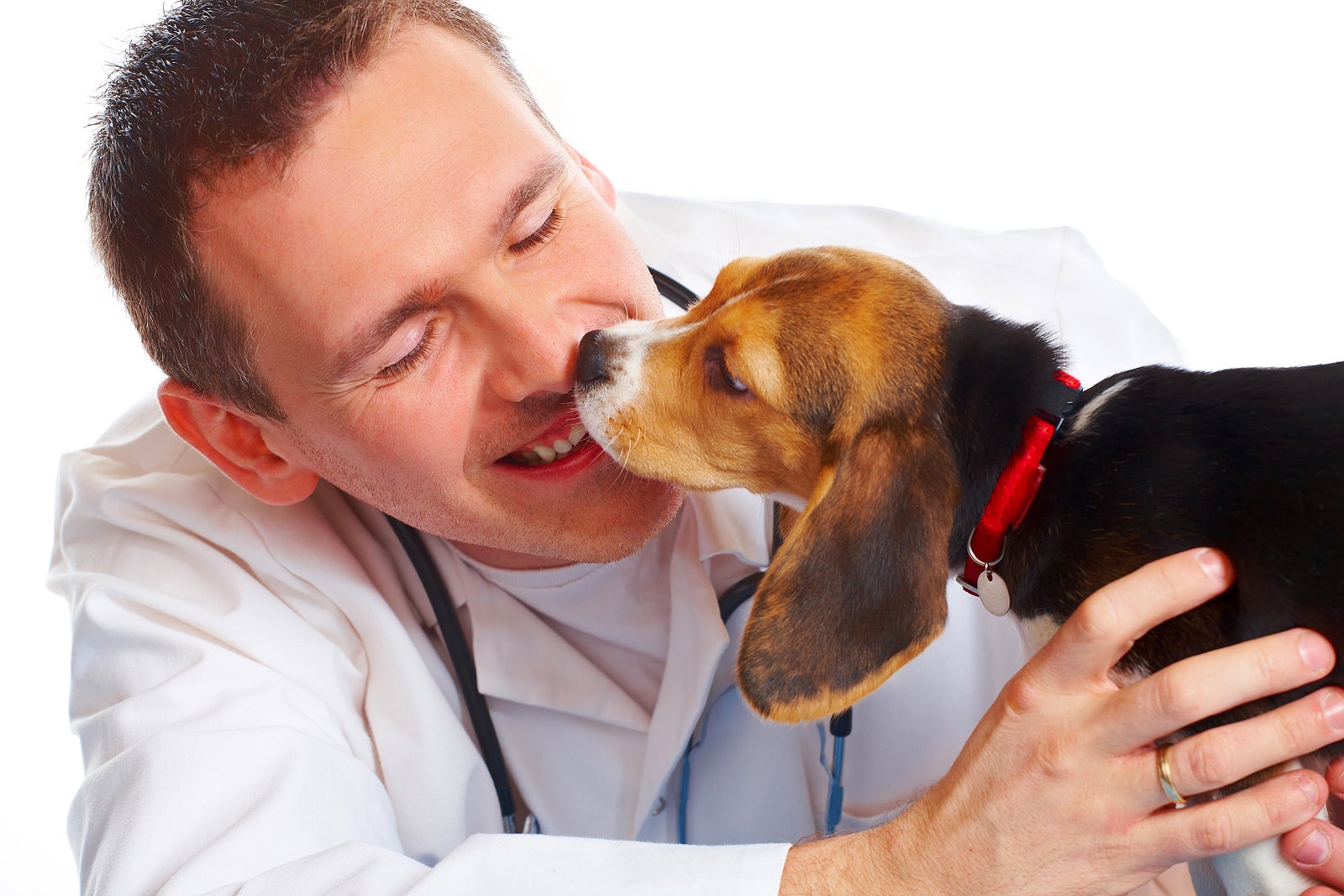
Determining the value of a veterinary practice can be challenging, but there are many factors that can help you assess its worth.
When determining the value of a veterinary practice, it’s important to keep in mind that different factors contribute to its overall worth. Some aspects might be easy to calculate and figure out (such as equipment costs), while other aspects will require more research (like market analysis).
Determine the value of the practice
The first step in the valuation process is to identify the business owner. Once you have identified the current owner, you’ll need to obtain accurate financial information that reflects current operations and history.
The main factors that affect a veterinary practice’s value include:
- Practice location and demographics – whether you’re looking at a business in Chicago, Sydney, or a vet in Wahroonga, you need to consider the population density and average income in that specific city.
- Size of practice – number of veterinarians, technicians, client base etc.
- Hospital capacity – number of beds, surgical suites etc.
The next step is to conduct an appraisal using these values as benchmarks for determining your offer price.
Consider the following factors when determining value:
- Equipment and improvement costs. These include the cost of equipment, building improvements, and any other capital expenses.
- Market analysis. The current market value of similar practices in your area can help you determine the value of your own practice. You can also hire a third party to conduct an appraisal or give you an estimate based on information provided by you.
- Patient records and clientele: It’s important to know how many active patients are in your practice and their average length of stay (LOS). A high LOS means that clients are receiving more services from you than with some other practices, which is a positive thing for both them and for your bottom line—but it also makes it harder for someone else to keep those people coming back without spending a lot more money than they would otherwise have needed to do so.
Equipment and improvement costs
- Equipment costs are not included in the valuation of the veterinary practice but may be factored in to determine the value of improvements.
- How does one determine the value of equipment and improvements? A professional appraisal will give you a detailed breakdown, including how much you paid for each item and how long it took to acquire it.
 Market analysis
Market analysis
The value of your practice is determined by the revenue it generates. The market value of a veterinary practice is based on its net operating income, which is equal to all revenues minus all expenses.
The simplest method is to ask for estimates from three different veterinarian buyers whose practices are similar in size, geography and specialty mix to yours. You can also ask them how much they would be willing to pay if they were buying your practice right now with no strings attached and no financing involved.
Patient records and clientele
The patient records and clientele of a practice are important factors in determining its value. If the practice has a good reputation, it is likely to be worth more. Good patient records are essential to maintaining this reputation and therefore enhance the value of the business. Clientele is also important because an established client base will ensure that you have enough patients to run your business profitably. The more clients you have, the more valuable your practice becomes because you will be able to make greater profits from each patient visit while also diversifying your sources of income by providing services outside of veterinary medicine (e.g., grooming).
Number of active patients
The number of active patients is a key factor in determining the value of a veterinary practice. The more active patients you have, the higher your practice’s value.
Active patients are those who are currently paying for services; they are not the same as total patients. For example, if you see 100 animals per week and 10 of them are paying customers, then only 10 animals would be considered “active.”
Gross profits
Gross profit is the difference between revenue and expenses, otherwise known as the “bottom line.” To calculate gross profits, use this formula:
- Revenue – Expenses = Gross Profit
In other words, gross profits are a good indicator of how much money you make. However, gross profit does not account for overhead costs like overhead or administrative expenses (e.g., rent and utilities). Therefore, it’s important to know that gross profit is not necessarily representative of the amount of money that you actually receive from your business each year—the amount you’ll actually get after all bills have been paid is called net profit (or sometimes just “profit”).
Practice cash flow
Practice cash flow is the difference between revenue and expenses. If a practice has positive cash flow, it means that revenues exceed expenditures and the business is generating funds. However, if a practice has negative cash flow, then it’s losing money and could run out of funds if something doesn’t change. Positive cash flow can be used by owners to determine how long they can continue to operate without additional funding from investors or other sources.
Conclusion
The most important thing to remember when determining the value of a veterinary practice is that it’s not just about numbers. You have to look at every factor that makes up the practice, from equipment and improvements to market analysis, patient records and clientele numbers. It is also important to consider how much money you are bringing in each month compared with what you are spending out (cash flow).
1399 Views













